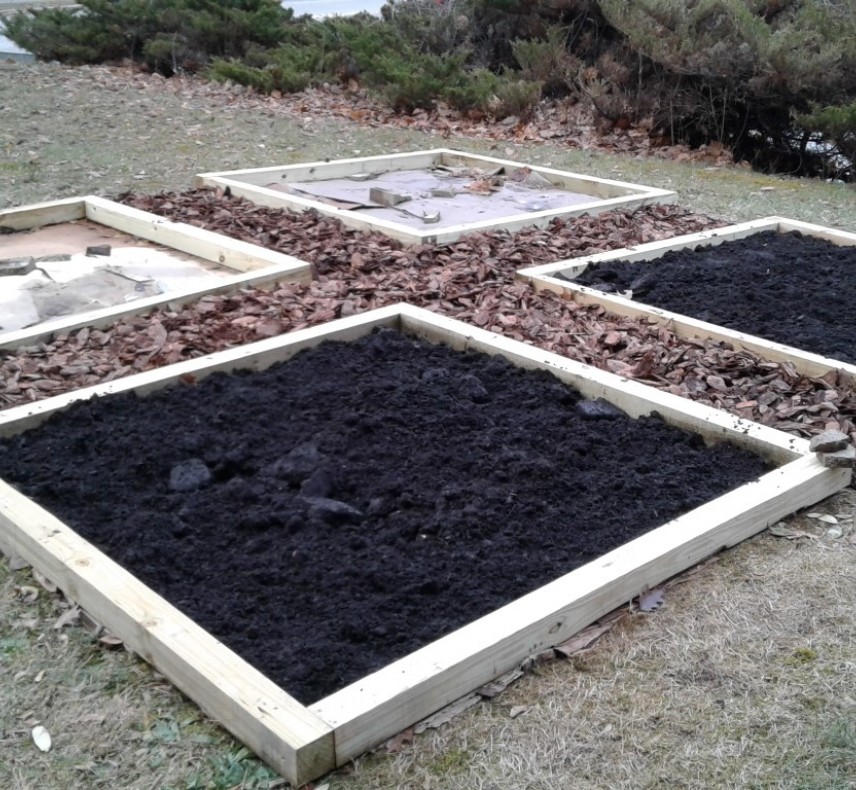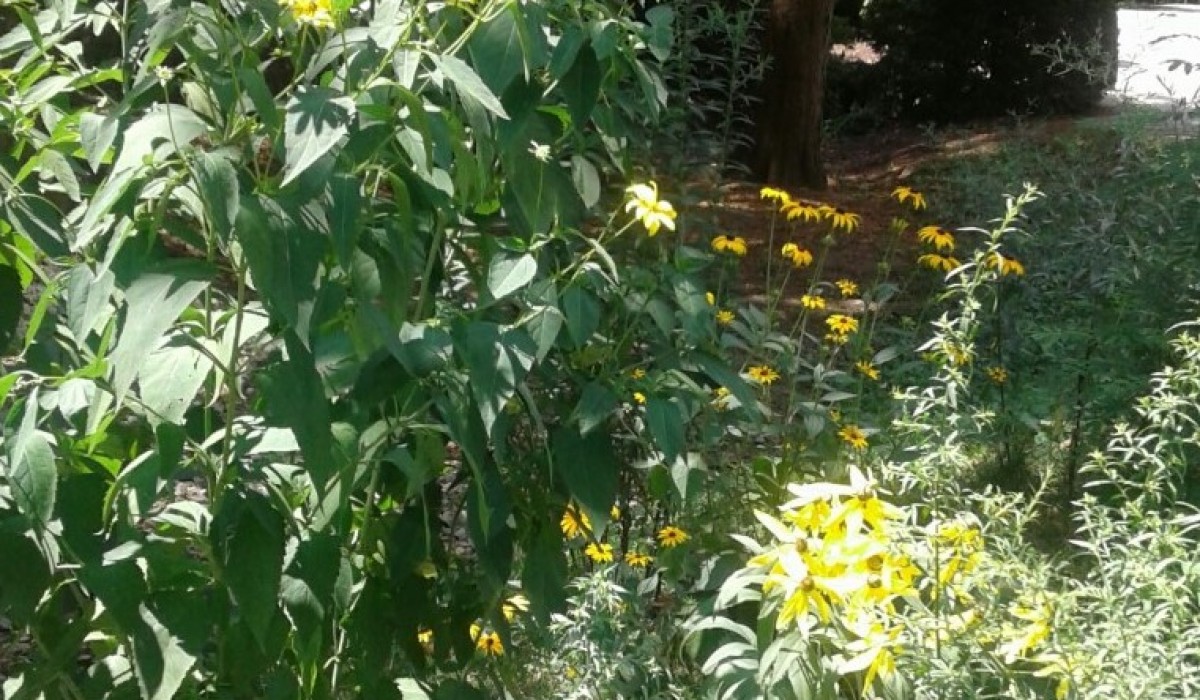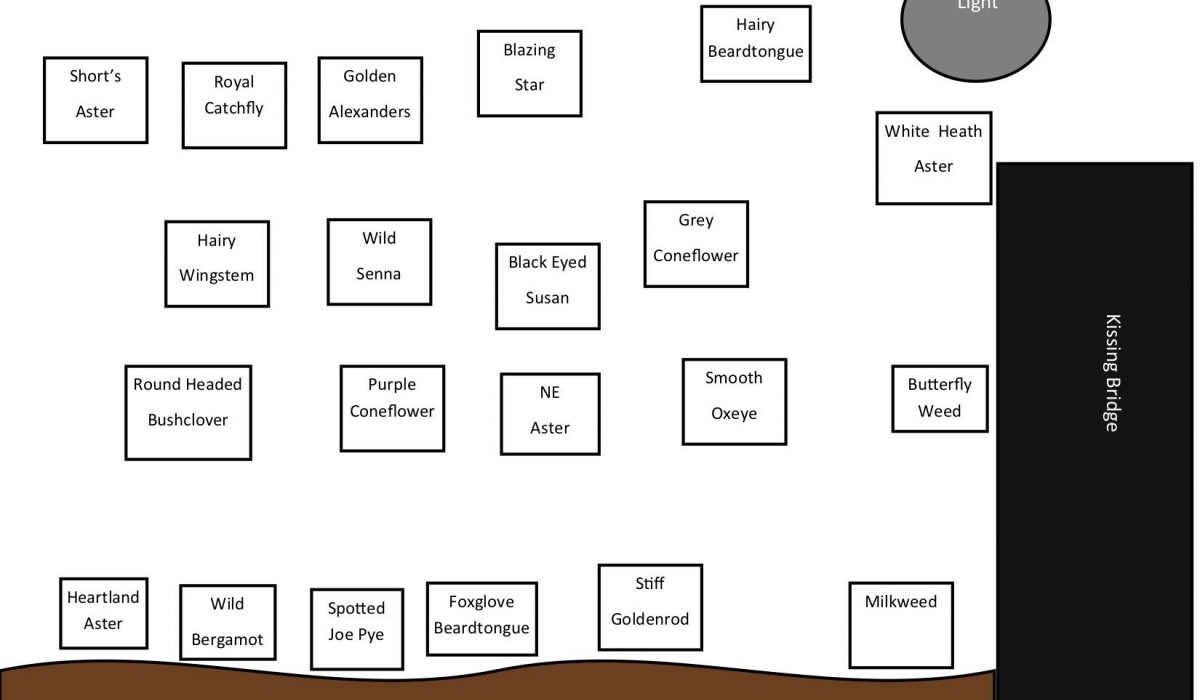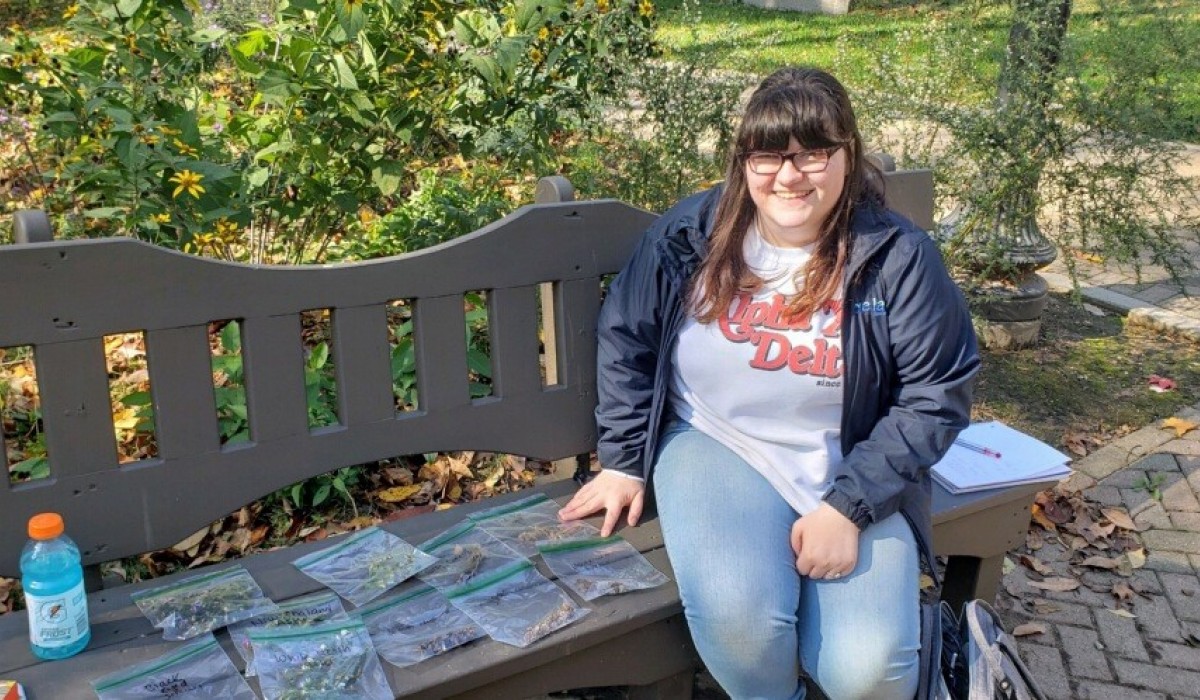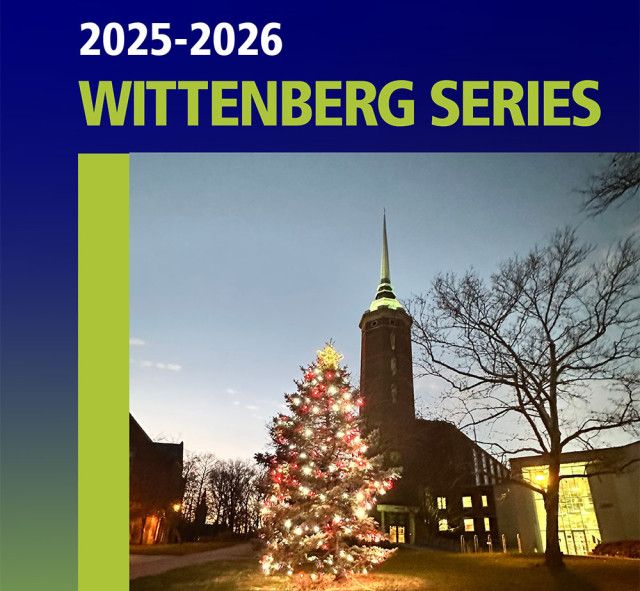The Native Plants Research Garden is the newest gem found on Wittenberg’s campus. Conceived and created by Associate Professor of Biology Amber Burgett, Associate Professor of Communication and Faculty Sustainability Coordinator Sheryl Cunningham, and Sustainability Assistants Rachel Corsello ’20 of Parma, Ohio, and Gavin Tay ’22 of Perth, Australia, and leveraging the carpentry expertise of Ministry Associate Dan Jacob, the new space provides students with hands-on exposure to phenomena discussed in biology classrooms, as well as a place for students or faculty to conduct their own research.
Located by the back entrance to the Barbara Deer Kuss Science Center, the Native Plants Research Garden contains eight sections of land, allowing for eight different projects. Each plot measures six by six feet. Students are also welcome to use more than one plot to accommodate their respective projects.
The idea for the Research Garden was a team effort.
“Dr. Burgett wanted to create the research garden to use for her general education biology classes, and I had wanted to do an honors thesis based on my pollinator patches,” said Corsello, a senior biology major. In building the garden with Burgett and her colleague Cunningham, Corsello saw the greater potential for the space unfold.
Corsello’s project in the Research Garden revolves around determining the viability of seeds that she collected from the native plants from the original native plant pollinator patch created in spring semester of 2018. The pollinator patch, or the patch where the seeds were collected, is a butterfly garden that was planted by Corsello, Cunningham, and Jim Becsey, former physical plant director, during Corsello’s sophomore year.
The research project in the new garden is underway. The pollinator patches have been maintained by Corsello for three years, but Cunningham has much bigger plans for the Research Garden moving forward.
“There is a native plant swap and sale in Yellow Springs in the spring, and there are a few bigger native plant sales at the Marianist Environmental Education Center in Dayton during the summer. I'd love for us to grow enough plants so that we can participate in some of these sales to raise money for other sustainability projects, but that's further into the future,” she said.
Students interested in utilizing the Research Garden should contact Burgett at burgetta@wittenberg.edu or Cunningham at scunningham@wittenberg.edu.
-By Faith Scully ’22, Office of University Communications


